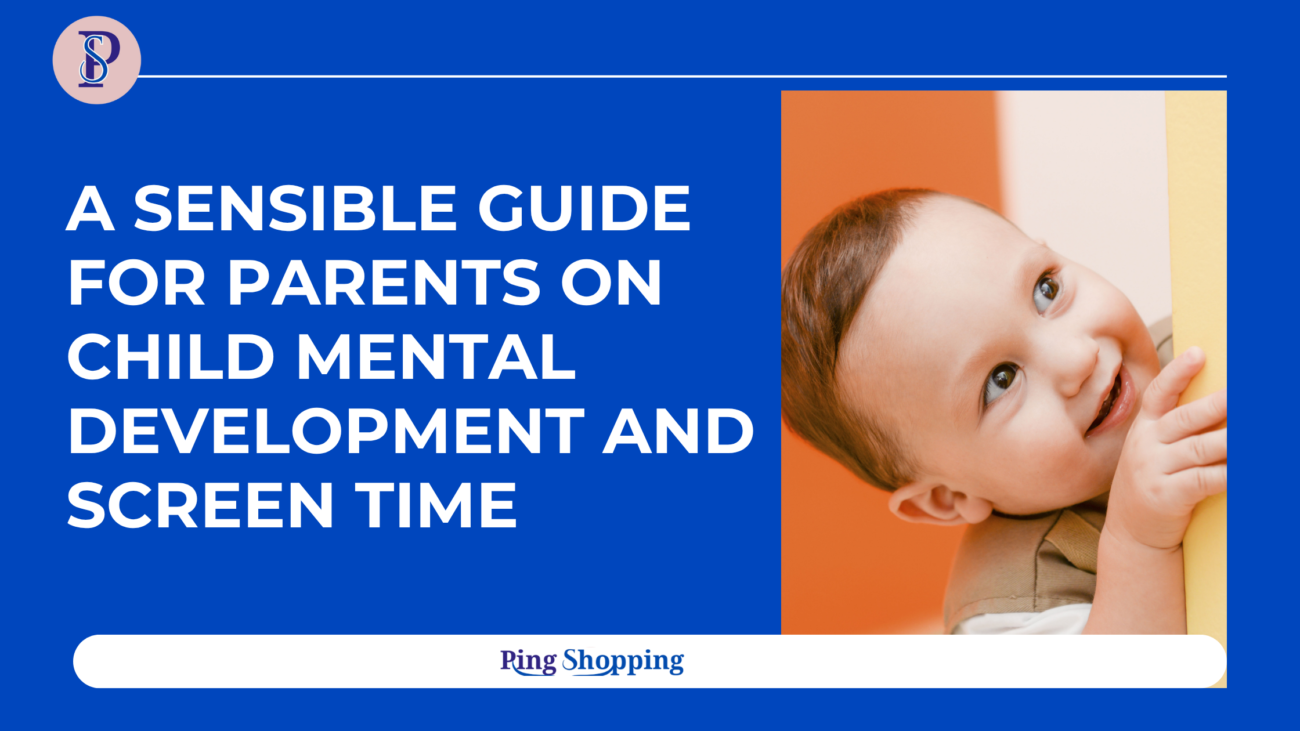If you’re checking this blog at 3 a.m. with your newborn in your arms, trust me, many tired new parents like you have been there. Some of the parents even googled “newborn sleep training schedule” more times than we can count to get the answers here. The reality is—newborn sleep is crazy, tiring, and sometimes overwhelming. But the silver lining?

Following some gentle routines and realistic expectations, you can improve your baby’s sleep and steal a little rest for yourself. This article shares what we have learned through research-backed guidance from pediatric experts. We’ll cover:
- What a 2-month sleep schedule looks like
- How to help your baby sleep longer stretches at night
- What to do during the 4-month sleep regression
Understanding Newborn Sleep
The American Academy of Pediatrics (AAP) states that babies require 14–17 hours of daily sleep during the first few months. And here’s the thing: it never occurs in long periods. The infants sleep in brief cycles because they have small stomachs and need to be fed often.

By about 2 months, babies start exhibiting more predictable rhythms. They can remain awake for 60–90 minutes (wake windows), and then they must sleep again. This is when you can start introducing gentle routines that lay the foundation for longer, more restful sleep.
A Sample 2-Month-Old Sleep Schedule
Each baby is unique, but here’s a realistic newborn sleep schedule at 2 months:
- 7:00 a.m. – Wake and feed
- 8:15 a.m. – Nap 1 (60–90 minutes awake before this nap)
- 10:00 a.m. – Wake and feed
- 11:15 a.m. – Nap 2
- 1:00 p.m. – Wake and feed
- 2:15 p.m. – Nap 3
- 4:00 p.m. – Wake and feed
- 5:15 p.m. – Nap 4 (short catnap)
- 6:30–7:00 p.m. – Bedtime routine
- Nighttime: 2–3 feedings as needed
Experienced tip: Don’t worry if your baby doesn’t do this to perfection. Instead, work on wake windows—how long your baby can sleepily stay awake—versus the clock.
How to Help Baby Sleep Longer Stretches (Reliable Tips)?
Many parents ask: How can I get my newborn to sleep longer during the night? Although there isn’t an overnight trick, these soothing techniques are safe and effective:
- Establish a soothing bedtime routine: A simple routine—feed, bath, swaddle, cuddle, lights out—helps make your baby aware of bedtime.
- Distinguish day from night: Let light be bright during the day and engage with your baby. During the night, maintain quiet feeds and dim lights.
- Employ safe sleep aids: Swaddles or wearable blankets (until baby rolls).
- White noise machines to replicate the womb. Blackout curtains to shield from light.
- Encourage daytime full feeds: Babies who are well-finished at daytime may have fewer nighttime calories.
- Respect wake windows: An overtired baby will sleep more poorly. At 2–3 months, shoot for 60–90 minutes of awake time before naps.
What to Expect at the 4-Month Sleep Regression
Right when you finally think you’re gaining traction… the 4-month sleep regression hits. Your baby suddenly starts waking more and refusing to settle.
Here’s why: At about four months, babies’ sleep cycles evolve to resemble adults’ more closely. They shift more frequently from light to deep sleep, which equals more night wakings.
How to cope:
- Stay with routines—routine is reassuring.
- Provide extra comfort, but don’t reinforce brand-new habits (such as always nursing to sleep) if you don’t want them to stick.
- Work on putting your baby down sleepy but awake, so they can learn to self-soothe.
- Be kind to yourself. This stage typically resolves itself in several weeks.
For instance, when my brother entered the 4-month regression, I felt as if all the progress had vanished. What rescued my parents was recalling: this isn’t failure—it’s growth. Research by pediatric sleep consultants verifies that regressions are indicators of development, not issues to “solve.”
Reliable Newborn Sleep Training Reminders
Since sleep tips are all over the internet, it’s essential to emphasize safe sleep habits:
- Always put your baby on her/his back to sleep.
- Use a firm, flat sleep surface (crib, bassinet, or play yard).
- Leave the sleep area blanketed, pillow-free, and toy-free.
- Steer clear of risky “hacks” (such as rice in bottles or risky sleep props).
- Always refer back to the AAP’s Safe Sleep Guidelines.
Final Thoughts: Progress, Not Perfection
At 2 months, your baby is still learning to sleep. By putting attention on age-aligned wake windows, quiet routines, and safe sleep habits, you’ll find yourself experiencing more and more extended periods of rest. And if you do find yourself experiencing setbacks—like the 4-month sleep regression—remember: it’s temporary and normal. Sleep training at this age is not about rigid schedules—it’s about creating a foundation. The secret ingredient isn’t a perfect routine—it’s your love, patience, and presence.





